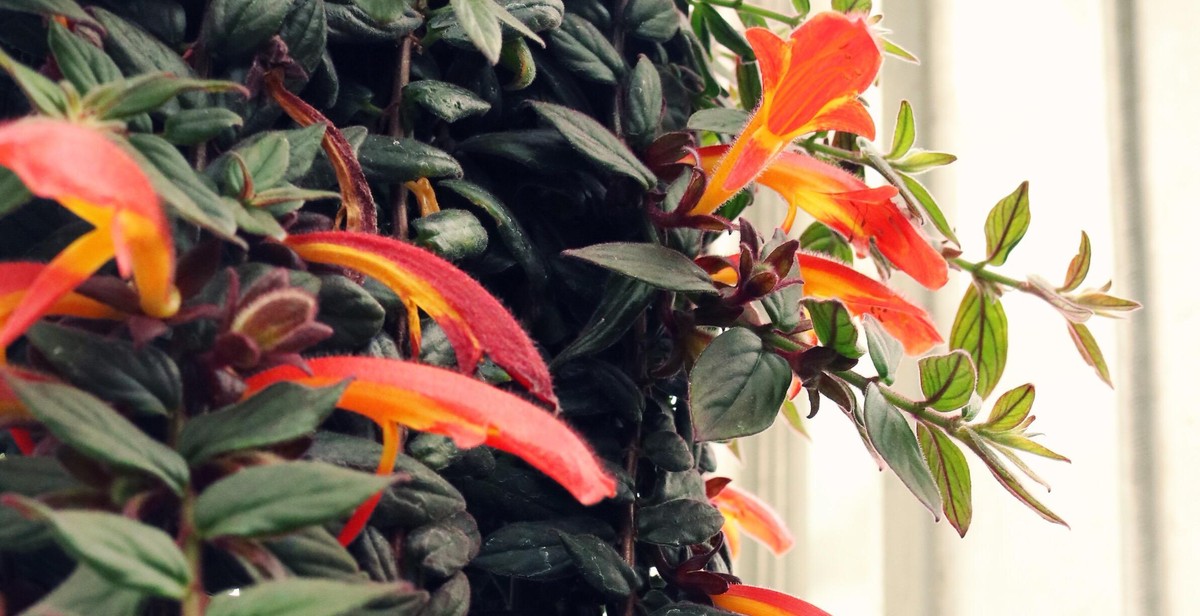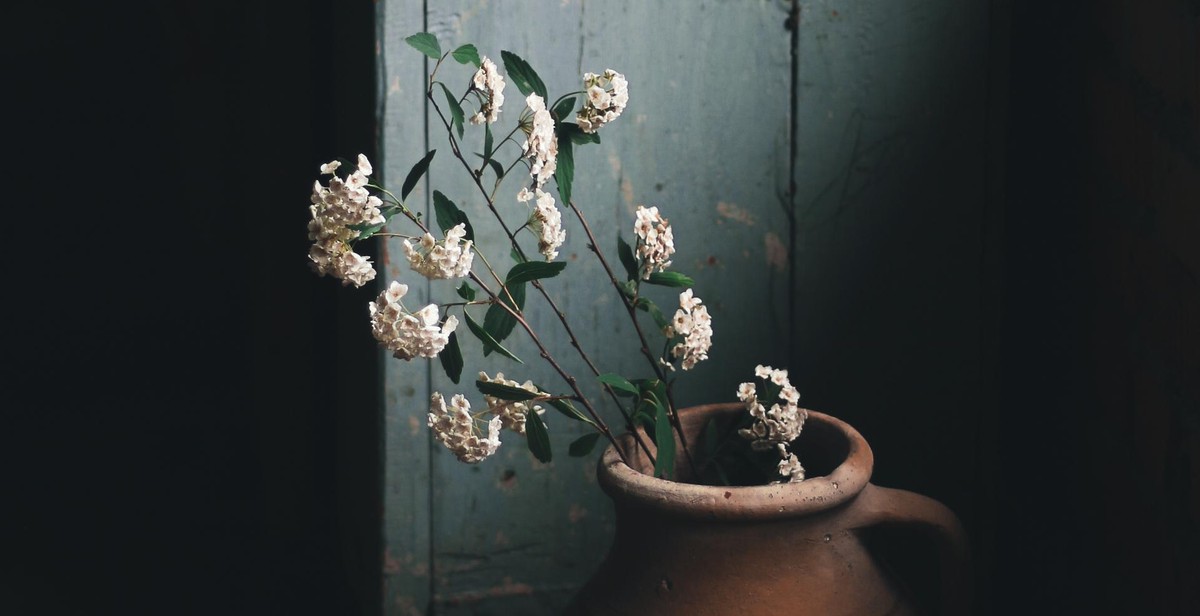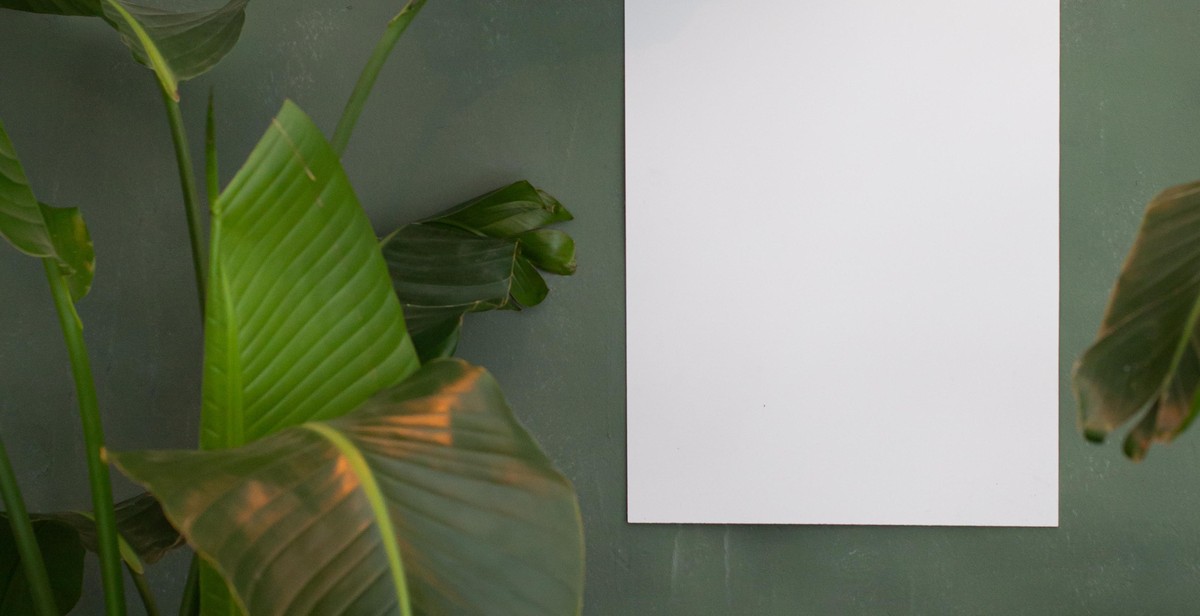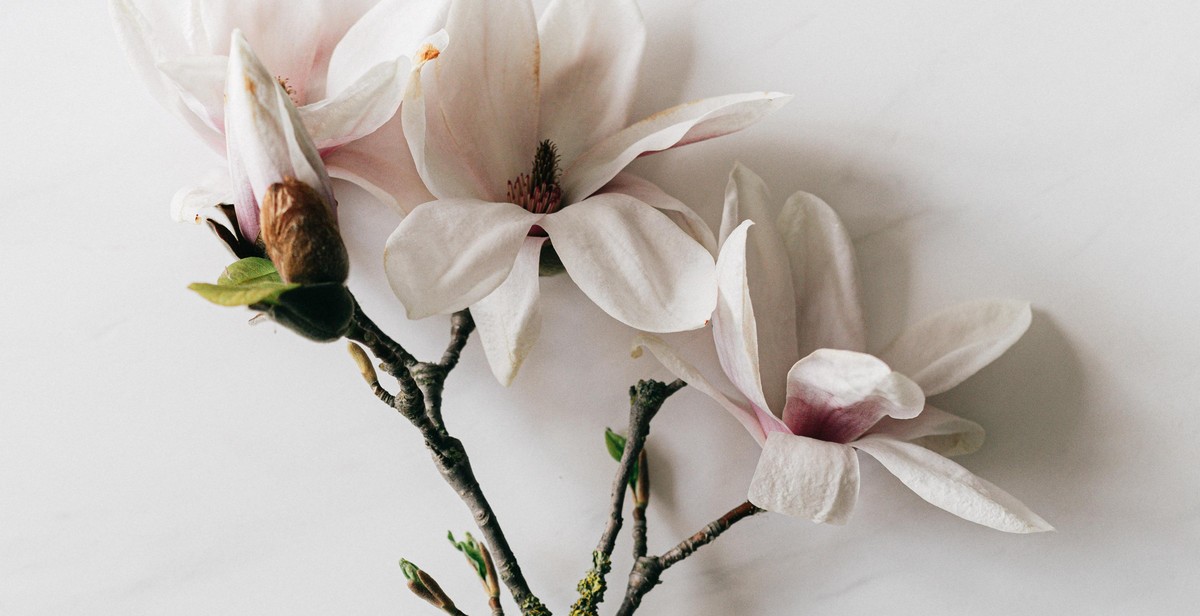How to Build a DIY Vertical Flower Wall
Flowers are a beautiful addition to any space. They can brighten up a room, add color to a garden, and even improve air quality. However, traditional flower arrangements can take up precious floor space, especially in small homes or apartments. That’s where a vertical flower wall comes in handy. Not only does it save space, but it also adds a unique and eye-catching element to any room or outdoor area.
Why Build a Vertical Flower Wall?
Aside from the space-saving benefits, a vertical flower wall can also provide privacy, create a natural-looking backdrop for photos, and even act as a sound barrier in noisy areas. Plus, it’s a great way to showcase your favorite flowers and plants in a creative and visually appealing way.
You might be thinking that building a vertical flower wall is a daunting task, but it’s actually quite simple and can be done with just a few materials. In this article, we’ll guide you through the process of building your own DIY vertical flower wall, step-by-step.

Materials Needed
Tools You’ll Need
- Power drill
- Drill bits
- Measuring tape
- Pencil
- Saw
- Screwdriver
- Level
- Gloves
- Safety goggles
Materials List
Here are the materials you will need to build a DIY vertical flower wall:
| Materials | Quantity |
|---|---|
| 2×4 lumber | 10 pieces, 8 feet long |
| 2×6 lumber | 2 pieces, 8 feet long |
| Wood screws | 1 box, 3 inches long |
| Landscaping fabric | 1 roll, 3 feet wide |
| Staple gun | 1 |
| Plastic sheeting | 1 roll, 10 feet wide |
| Flower pots | 10 |
| Flower pot hangers | 10 |
| Plants | 10, of your choice |
| Soil | 2 bags |
Make sure to gather all the necessary tools and materials before starting your DIY vertical flower wall project. This will ensure a smooth and efficient building process. Happy building!

Choosing the Right Wall
Choosing the right wall is crucial when building a DIY vertical flower wall. Here are some considerations to keep in mind:
1. Sun Exposure
Consider the amount of sun exposure the wall will receive. Most flowers require at least six hours of sunlight per day, so choose a wall that gets enough sun.
2. Water Drainage
Make sure the wall has proper drainage to prevent water from accumulating and damaging the flowers. If the wall doesn’t have natural drainage, you can install a drainage system.
3. Wall Material
The material of the wall is also important. Make sure the wall is sturdy enough to support the weight of the flower pots. If you’re attaching the pots directly to the wall, choose a material that can withstand moisture and won’t rot or decay over time.
4. Accessibility
Consider the accessibility of the wall. You’ll need to water the flowers and tend to them regularly, so make sure the wall is easily accessible.
Preparing the Wall
Once you’ve chosen the right wall, it’s time to prepare it for the vertical flower wall. Here’s how:
1. Clean the Wall
Clean the wall thoroughly to remove any dirt, dust, or debris. Use a stiff brush to scrub the surface and a hose to rinse it off.
2. Repair Any Damage
If there are any cracks, holes, or other damage on the wall, repair them before installing the flower pots. Use a patching compound to fill any holes or cracks and allow it to dry completely.
3. Paint or Stain the Wall (Optional)
If you want to give the wall a fresh look, you can paint or stain it. Choose a color that complements the flowers and the surrounding area.
4. Install the Flower Pots
Finally, it’s time to install the flower pots. There are different ways to do this, depending on the type of wall and flower pot you’re using. You can attach the pots directly to the wall using screws or brackets, or you can use a hanging system to suspend the pots from the wall.
| Method | Pros | Cons |
|---|---|---|
| Direct Attachment | Secure, less visible | May damage the wall, limited flexibility |
| Hanging System | Flexible, easy to adjust | Visible, may sway in the wind |
Choose the method that works best for your wall and flower pots.

Building the Frame
Building a DIY vertical flower wall requires a sturdy frame to support the weight of the flowers and soil. In this section, we will cover the steps to measure and cut the wood for the frame, as well as assembling the frame.
Measuring and Cutting the Wood
The first step in building the frame is to measure and cut the wood. You will need the following materials:
- Four 2x4s (8 feet long)
- Two 2x4s (6 feet long)
- Two 2x4s (4 feet long)
Using a saw, cut the four 8-foot 2x4s in half to create eight 4-foot pieces. Then, cut the two 6-foot 2x4s in half to create four 3-foot pieces. Finally, cut the two 4-foot 2x4s in half to create four 2-foot pieces.
Once all the wood is cut, sand any rough edges to prevent splinters.
Assembling the Frame
With the wood cut and sanded, it’s time to assemble the frame. Follow these steps:
- Take two of the 4-foot pieces and two of the 3-foot pieces to create a rectangular frame.
- Use wood screws to attach the pieces at each corner.
- Repeat steps 1 and 2 to create a second rectangular frame.
- Place the two rectangular frames parallel to each other, with the longer sides facing each other.
- Attach the frames together using the four 2-foot pieces of wood. Place one piece at each corner of the frames and attach with wood screws.
- Finally, attach the remaining 4-foot pieces of wood across the top and bottom of the frames to create a solid structure. Use wood screws to attach the pieces securely.
Once the frame is assembled, it’s ready for the next step: adding the backing and planting the flowers.

Adding the Backing
Once you have built the frame for your vertical flower wall, the next step is to add the backing material. The backing material will provide a sturdy surface for attaching the plants and flowers to the wall.
Choosing the Right Backing Material
There are several options for backing materials, including wood, metal, plastic, and mesh. The best option for your vertical flower wall will depend on the size and weight of your plants, as well as your personal preferences.
- Wood: If you are using heavy plants or flowers, wood may be the best option for your backing material. You can use plywood, MDF, or even pallet wood to create a sturdy surface for your wall. Make sure to choose a wood that is weather-resistant and treated to prevent rotting.
- Metal: Metal mesh or wire can provide a modern and industrial look to your flower wall. Metal is also durable and weather-resistant, making it a good option for outdoor walls. However, it may not be the best choice for heavy plants, as it may not provide enough support.
- Plastic: Plastic mesh or lattice can be a lightweight and affordable option for your flower wall. It is also weather-resistant and easy to clean. However, it may not be as sturdy as wood or metal and may not provide enough support for heavy plants.
- Mesh: Mesh backing can be a good option for small plants or flowers that do not require much support. It is lightweight and easy to attach to the frame. However, it may not be the best choice for larger plants or heavy flowers.
Attaching the Backing to the Frame
Once you have chosen the right backing material for your flower wall, it is time to attach it to the frame. Here are the steps to follow:
- Cut the backing material to fit the size of your frame.
- Attach the backing material to the frame using screws or staples. Make sure to space them evenly to provide enough support.
- If you are using wood or metal, you may want to paint or stain it to match the color of your frame.
- Once the backing material is securely attached to the frame, you can start attaching your plants and flowers to the wall.
By choosing the right backing material and attaching it securely to the frame, you can create a beautiful and sturdy vertical flower wall that will add color and life to any space.

Preparing the Containers
Before you start building your DIY vertical flower wall, it’s important to prepare your containers properly. Here are some tips to ensure your containers are ready for the job:
Choosing the Right Containers
The first step in preparing your containers is choosing the right ones for the job. Here are some things to consider:
- Size: The size of your container will depend on the size of your wall and the plants you want to use. Make sure your container is deep enough to hold the roots of your plants.
- Material: Containers can be made from a variety of materials, including plastic, clay, and metal. Choose a material that will withstand the elements and is suitable for the plants you want to use.
- Drainage: Make sure your container has adequate drainage holes to prevent water from accumulating in the bottom.
Preparing the Containers
Once you have chosen your containers, it’s time to prepare them for planting. Here are some steps to follow:
- Clean the containers: If your containers are used, make sure to clean them thoroughly to remove any dirt or debris.
- Add soil: Fill the containers with a high-quality potting soil, leaving enough room for your plants.
- Add fertilizer: Mix in a slow-release fertilizer or compost to provide your plants with the nutrients they need.
- Moisten the soil: Water the soil until it is moist but not soaking wet.
Once your containers are prepared, you’re ready to start building your DIY vertical flower wall.

Planting the Flowers
Once you have selected the right flowers, it’s time to start planting. Here are some tips to ensure your vertical flower wall looks amazing:
Prepare the soil
Before planting, make sure the soil is prepared. It should be well-draining and nutrient-rich. You can use compost or organic fertilizers to improve the soil quality.
Choose the right containers
The containers you choose will depend on the size of the flowers and the amount of space you have. Make sure the containers have drainage holes to prevent water from accumulating and damaging the plants.
Plant the flowers
When planting the flowers, make sure they are spaced out evenly. You can plant them in rows or in a random pattern, depending on the look you want to achieve. Make sure the roots are covered with soil and the plants are firmly planted.
Water the flowers
Water the flowers regularly to keep the soil moist. However, be careful not to overwater them as this can lead to root rot.
Provide support
As the flowers grow, they may need support to prevent them from falling over. You can use stakes or trellises to provide support and help the plants grow vertically.
Maintain the flowers
To keep your vertical flower wall looking beautiful, you will need to maintain the flowers. This includes pruning, deadheading, and removing any diseased or damaged plants.
With these tips, you can create a stunning vertical flower wall that will add beauty and color to any space.

Watering the Flowers
Proper watering is essential for the survival and growth of your vertical flower wall. Here are some tips to help you water your flowers effectively:
- Water regularly: Your vertical flower wall will need to be watered regularly to keep the soil moist. Aim to water your flowers once a day, or more often if the weather is particularly hot or dry.
- Water at the base: When watering your flowers, be sure to water at the base of each plant rather than from the top. This will help to prevent the flowers from becoming waterlogged and developing root rot.
- Use a watering can: A watering can is a useful tool for watering your vertical flower wall. It allows you to control the flow of water and direct it exactly where it’s needed.
- Consider a drip irrigation system: If you have a large vertical flower wall, or if you want to automate the watering process, consider installing a drip irrigation system. This will allow you to water your flowers on a regular schedule without having to do it manually.
Maintaining the Wall
In addition to watering your flowers, there are some other maintenance tasks you’ll need to perform to keep your vertical flower wall looking its best. Here are a few tips:
- Deadhead regularly: Deadheading is the process of removing dead or faded flowers from your plants. This will help to stimulate new growth and keep your flowers looking fresh and vibrant.
- Fertilize occasionally: Your vertical flower wall will benefit from occasional fertilization to provide it with the nutrients it needs to grow. Use a slow-release fertilizer and follow the manufacturer’s instructions for best results.
- Monitor for pests: Keep an eye out for pests like aphids, spider mites, and whiteflies. If you notice any infestations, treat them promptly with an insecticidal soap or other appropriate treatment.
- Prune as needed: If your plants become overgrown or start to encroach on each other’s space, prune them back to maintain the shape and health of your vertical flower wall.
| Task | Frequency | Tools/Supplies |
|---|---|---|
| Watering | Once a day or more as needed | Watering can, drip irrigation system |
| Deadheading | As needed | Pruning shears |
| Fertilizing | Occasionally | Slow-release fertilizer |
| Pest control | Ongoing monitoring | Insecticidal soap, other appropriate treatments |
| Pruning | As needed | Pruning shears |

Conclusion
Building a DIY vertical flower wall is a fun and creative way to add a touch of nature to your home or garden. With the right materials and tools, you can easily create a stunning and unique flower wall that will be the envy of your friends and neighbors.
Tips for Success
- Choose the right flowers and plants for your climate and growing conditions.
- Make sure to properly prepare your wall or structure before attaching your flower containers.
- Regularly water and fertilize your plants to keep them healthy and vibrant.
- Consider using a drip irrigation system to make watering easier and more efficient.
Benefits of a Vertical Flower Wall
Not only is a vertical flower wall a beautiful addition to any space, it also offers a range of benefits:
- Maximizes space in small gardens or apartments.
- Improves air quality by filtering pollutants and releasing oxygen.
- Creates a natural barrier for privacy and noise reduction.
- Encourages biodiversity by attracting pollinators like bees and butterflies.
Final Thoughts
Building a DIY vertical flower wall is a rewarding and satisfying project that can be enjoyed by gardeners and non-gardeners alike. Whether you’re looking to add a pop of color to your patio or create a lush green wall in your living room, a vertical flower wall is a versatile and practical solution. So, roll up your sleeves, gather your materials, and let your creativity bloom!
